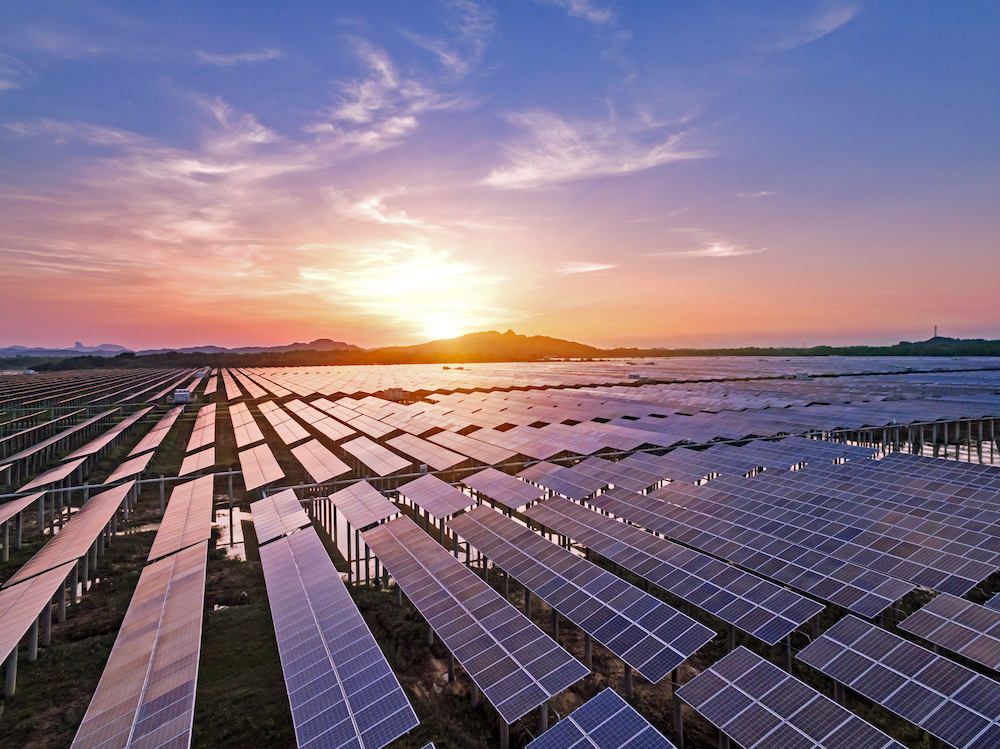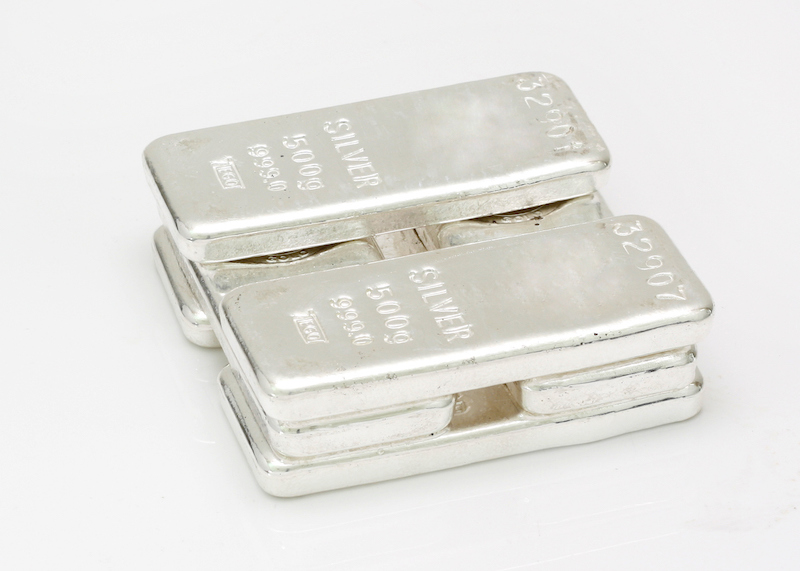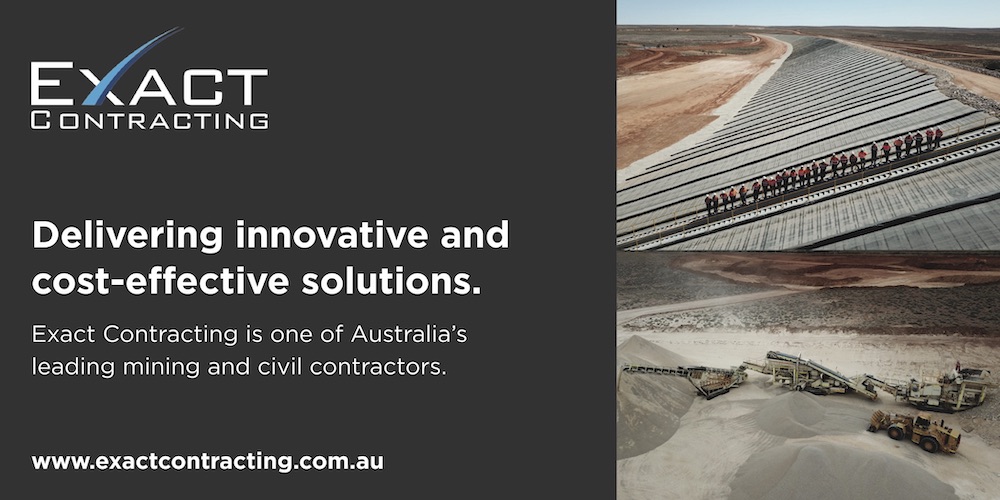Let the sun shine in
Silver is proving itself in the making of the world’s most efficient solar panels – and research is producing ever-more advanced technology to help keep the cost down
Watching the sun’s golden rays glint off a solar panel, few would suspect it’s not gold but actually silver that makes this technology an efficient source of renewable energy. Sturt Daley of SIMEC Energy Australia has been up close and personal with 780,000 solar panels as project manager of SIMEC’s Cultana Solar Farm at Whyalla.
“I’ve certainly put a few of them up and we’ve worked with a lot with manufacturers and suppliers around the world,” Daley says.
In its role as a project developer and seller of electricity, SIMEC Energy has designed Cultana as a 280MW solar farm over two sites, creating 700 jobs and “lots of local and indigenous upskilling”. The plant will produce approximately 600GW of power a year, enough to light up 100,000 homes.
Suntech is supplying the panels, which will create electrons from the sun’s energy. What enables a modern panel to do that so efficiently is, among other things, about 20g of silver, a mineral mined in SA.
Daley, says the silver component of panels represents about 6 per cent of the total cost of a panel. “Silver has the highest electrical and thermal conductivity of any element on the face of the Earth,” he says “It’s a unique mineral that simply does it the best and it’s resistant to corrosion at most moisture levels, unlike other material.”
A silver paste is created to lay inside the panels, sitting underneath layers of silicon, and is used to collect the electrons generated and to distribute them as a direct current. “Silver has superior resistivity – the collection of electricity – which increases the potential sunlight being captured and energy that can be passed on,” Daley says.

Ongoing research is producing ever more efficient technology. “Technical developments are leading to better efficiency of use of silver in solar panels, which means ... the price of the panel comes down,” he says.
Solar panels represent an estimated 13 per cent of all silver industrial demand globally. Australia has the third largest silver resources and is No.6 for production worldwide. The country is also taking part in research and development. “We are now moving into a bifacial solar panel, which has the ability to collect sun directly on the front as well as ground reflection on the back of it, which means we are doing more with the available land,” Daley says.
Cultana is the first large solar farm for SIMEC Energy, but Daley says it will be the first of many. The project will also trial a new technique in which the saltbush vegetation is rolled flat rather than grading it to clear the land, reducing dust and minimising the loss of native vegetation.
The farm will help supply green energy to the Whyalla Steelworks, owned by Sanjeev Gupta’s GFG Alliance, of which SIMEC is a part. Generating green energy for customers is SIMEC’s goal and solar farms generate decades of carbon-free electricity. “At the moment, renewables are by far the most cost effective mechanism to generate electricity,” Daley says.


SILVER
Silver stirs thoughts of bright cutlery and lustrous trophies. But it’s really an inherently industrial metal. And that’s because of its versatility. It is durable. It is malleable. It is ductile. And it conducts. Silver has always been there alongside gold in jewellery, coins and ingots. But it has found a new home in the burgeoning solar panel industry. Its ability to be plated on other materials has long been useful for switches, contacts and
fuses – particularly in cars. And its addition to
solders helps produce smooth, leak-proof and corrosion-resistant joints. Silver is even used in wound dressings because of its antimicrobial properties
Rural heartbeats
From school funding and medical access to regular cuppas with the locals, Santos has long supported communities in Australia’s heartlands
From students at a Whyalla high school who have limited internet access, to a pastoralist located in the remote region of South Australia requiring emergency medical assistance, Santos has a long history of supporting South Australia’s community needs.
Most people associate Santos with its sponsorship of the Tour Down Under. But it’s the less publicised ongoing support that Santos provides behind-the-scenes in more remote regions that is making a difference to our communities.
“In the Cooper Basin we have long-running relationships with landholders, which help facilitate our ongoing access, and we provide a wide range of support through community events and assisting with medical services when called upon,” says Marla Briscoe, land access co-ordinator for Santos.
Santos’ community initiatives and sponsorships have totalled $28 million in the past five years, with more than $5 million in 2019 alone. By opening up remote areas of South Australia, the resources industry has created lifelines for many remote communities. Last year, 235 people were employed in communities where Santos operates.
“Over the course of a year we can engage up to 60 cultural heritage officers from the South Australian traditional owner groups to undertake cultural heritage clearances,” Briscoe says. “We’re currently working with the Yandruwandha Yawarrawarrka (native title holders) on an infrastructure project that’s looking at construction of a community centre at Innamincka, and we’re also working with the same group on a significant environmental offset project. Our objectives have been and still are about creating a positive legacy in the communities where we operate.”
Closing the gap for indigenous Australians is a high priority for Santos. The company partners with Wirltu Yarlu Aboriginal Education at the University of Adelaide to provide an engineering camp for Year 11 and 12 Aboriginal and Torres Strait Islander students. There’s also the Santos Aboriginal Power Cup, which was founded to support indigenous culture, education and wellbeing, while building teamwork, leadership, resilience and life skills.
With more than 2000 active land access agreements, Santos engages more than 20 advisors to work proactively with landholders, locals and indigenous communities to ensure they are fully informed prior to accessing land. The company’s operations stretch from the Cooper Basin and Whyalla in SA across the border into towns like Quilpie and Roma in southwest Queensland, over to the Pilbara and Gascoyne in Western Australia, through to Narrabri in New South Wales and also up into the Northern Territory.
In the remote Cooper Basin, Santos often assists with medical emergencies, working with the Royal Flying Doctor Service to transport patients to and from the nearest regional hospital. Over the past five years, Santos has paid more than $77 million to farmers in return for access to their properties, a valuable source of income, especially in times of drought.
